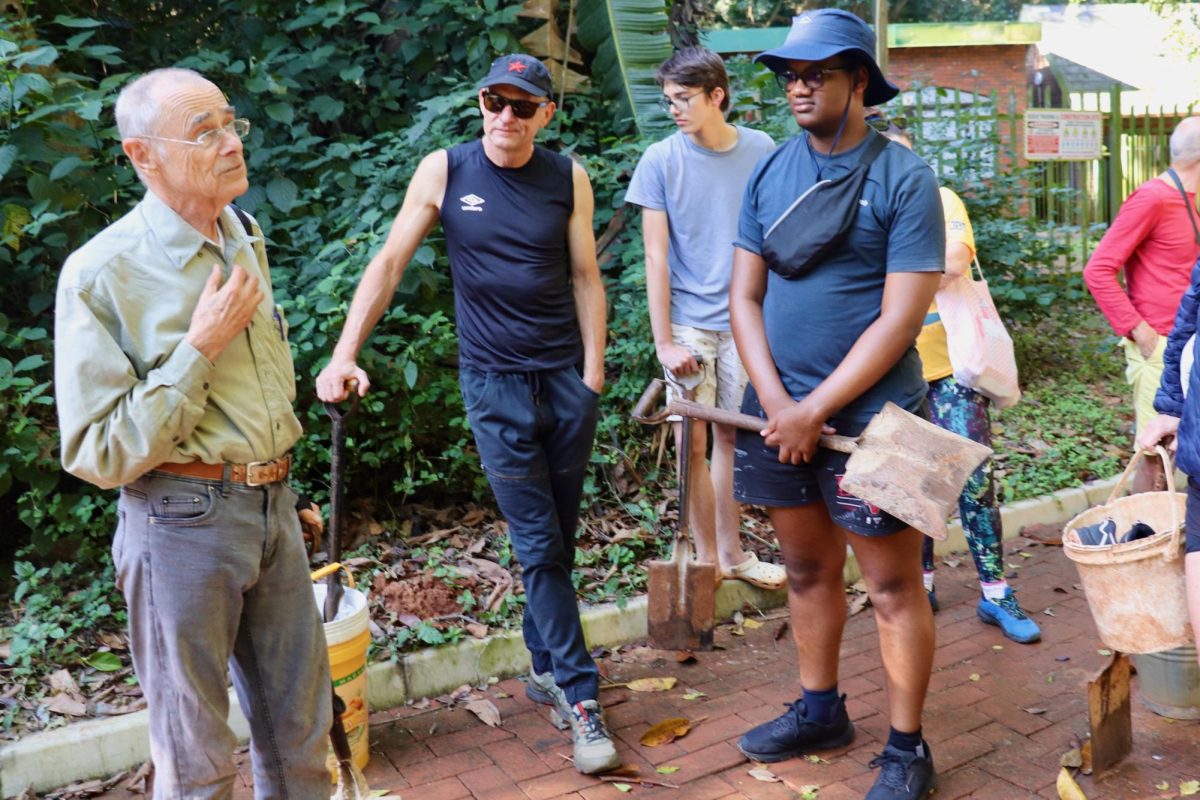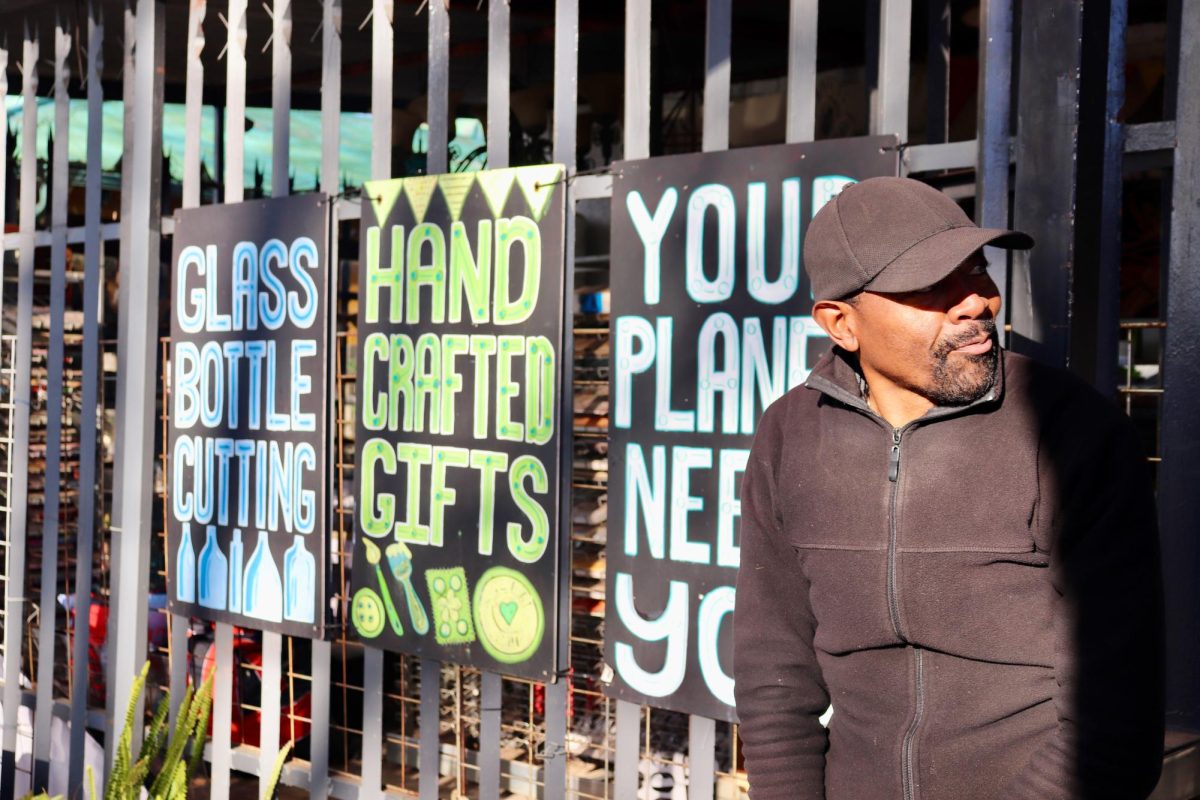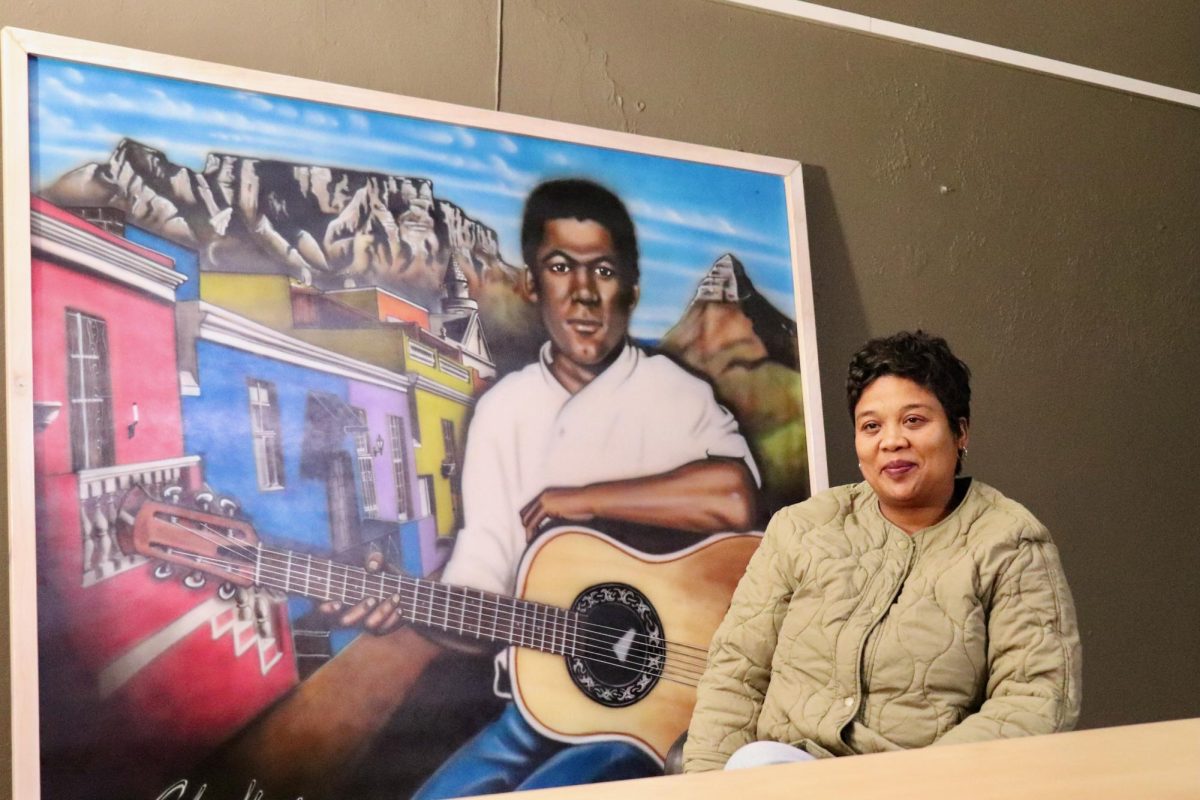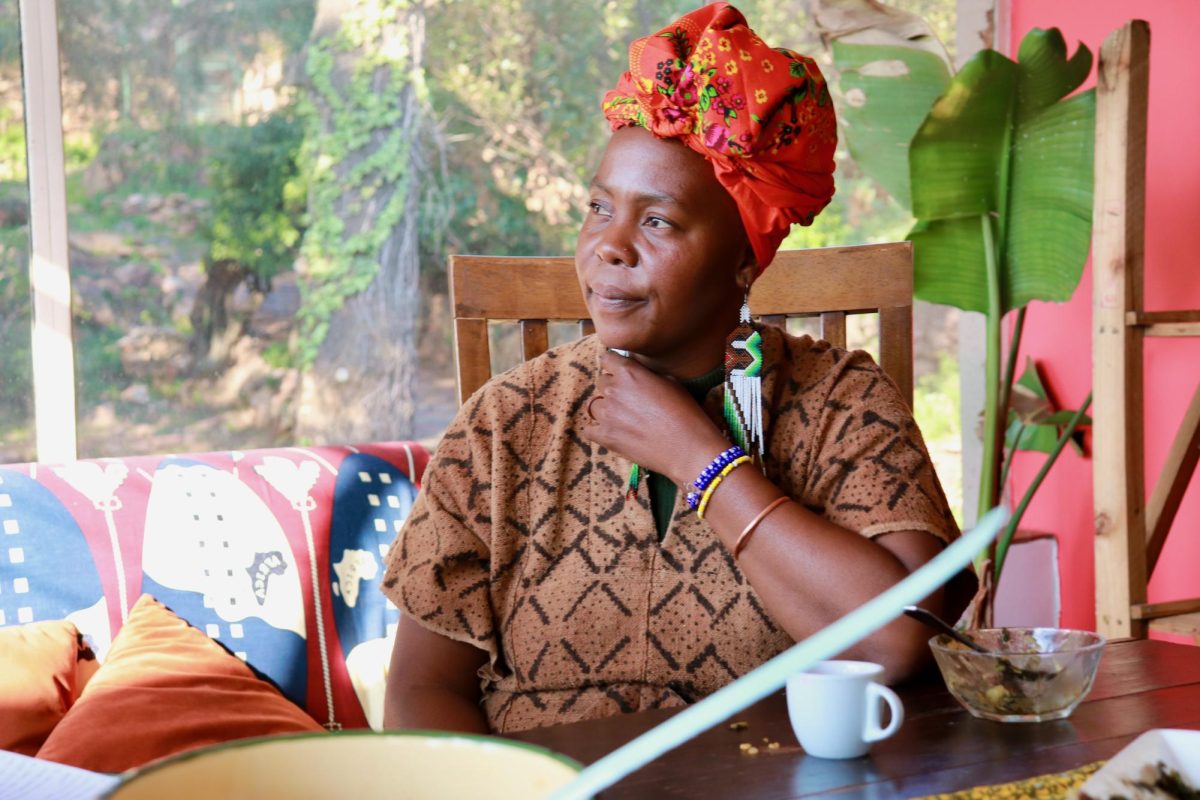Take five minutes and think ahead
Election Day is less than a week away and across Hawk Hill there has been an upswing in participation in the democratic process, from outstanding turnout in freshman elections to widespread interest in the Student Senate’s own voter registration drive.
From the start of this semester, the most commonly asked questions have included “Are you registered to vote?” and “How do I register to vote?” And we as a school have answered admirably.
But now the questions are changing, and students are wondering how they’ll vote—and also where, when, for whom and why.
As 2018’s organizers and volunteers put it, people are curious about how to be good voters. Some students are ashamed to ask these questions, thinking they should know the answers to avoid looking like bad citizens.
However, these questions are important. The mark of good citizens and the next step after registering—actually being a voter and voting. So let’s answer them before it’s too late.
To be clear, this advice focuses on those voting in person on Election Day. If you haven’t sent in your absentee ballot, go to the website of your state’s Department of State and see how late you can still send it in before Election Day. The last day to mail an absentee ballot in Pennsylvania is Nov. 2. Then look up the sample ballot in your polling area, research the candidates and send it in quickly.
For those voting in person, start by double checking your registration status and polling place. The PA Department of State, for example, has a simple “voter registration status check” on their official website. Use it to make sure you are registered successfully. Then do something just as important: look up your polling place’s name and address.
There is a chance that your polling place matches an older residence. If so, you should try to get to your listed polling place. Otherwise, you can request a provisional ballot at your nearest polling place and explain your current residence status.
Once you know where you’re voting, you need to decide when. In Pennsylvania, polls are open from 7 a.m. to 8 p.m. Look at your Tuesday schedule and decide what time you can dedicate to voting. There may be a wait, but overall the voting process is clean and quick.
You should also consider voting with someone if the process seems a little daunting. Holding a friend accountable can help hold ourselves accountable.
Voting as a millennial can be a strange and surreal experience—older folks everywhere, uncomfortable clunker machines, cold coffee and folding chairs.
Bringing a friend means bringing a support and guide along, to figure out the system and working together to fix the system. Besides, if you travel to your polling place with a friend, you can also walk around the neighborhood afterward, go to lunch, or even split a Hawk Wrap.
Next, after confirming status and location and making plans to go vote, the last main step is to understand how voting will work in 2018.
First, look up the sample ballot in your neighborhood. It explains who is running and may or may not give some context on the candidates as well. Sample ballots also alert you to random, but interesting forms of direct democracy, like Philadelphia’s ever present citywide ballot questions.
Then do that research, any research—look up the candidates’ stances, the public stances and so on. But be careful: Pennsylvania was redistricted this year, meaning that any voters could lose track of who their congressman is. So find out, and find out what else you’ll be voting for.
To understand politics and break them down into the most clear set of ideas can be confusing. Voting is difficult, even if you do all of these steps right.
To simplify, find your polling place, make a plan to go there and then read about the candidates until you’re ready to vote. Then wake up on Tuesday, get to the polls and feel like the accomplished and conscious voter you are.
When you do so, you’ll get a sense of the “why” of voting: you’ll see neighbors of all different ages, propping up kids and pacing themselves with walkers, taking names and taking their time, to choose who to trust with our representation. In the end, registering without voting leaves you feeling unsatisfied, frustrated and left out of an energizing election.
Being a St. Joe’s student is about banishing that feeling with conscious effort grounded in our beliefs.
It means taking the next step and doing a little bit more. And besides, you can take as many “I voted” stickers as you want.








































